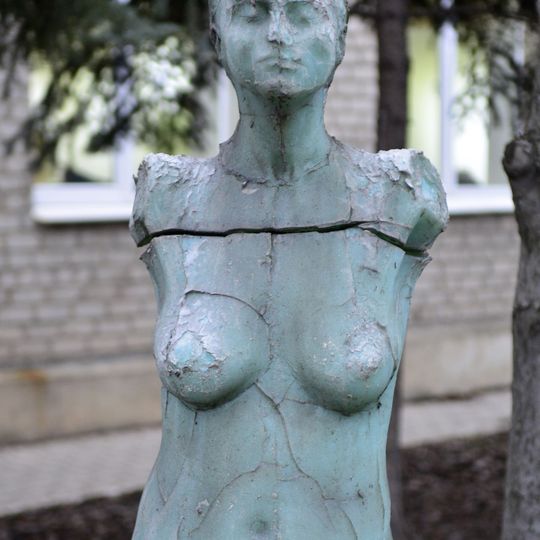Homo Bulla

20 August 2012
A Latin metaphorical expression homo bulla, man is a bubble, was coined by an ancient Roman writer Marcus Terentius Varro who in his “Rerum Rusticarum Libri Tres” compared human life to a thin iridescent soap bubble that shimmers with rainbow colors for only a brief moment of time and is quick to explode with the slightest puff of wind. By the 16 of Rotterdam further popularized homo bulla which has firmly entered an arsenal of vanitas – pictorial motives in still lifes and genre scenes allegorically alluding to the transience and futility of human existence.
Canvases of the European art tradition often feature depictions of children or putti blowing soap bubbles. This motive intermingles with other emblems of the ephemeral nature of earthly pleasures and the inevitability of death: faded flowers and rotten fruit – symbols of decay; skulls which unambiguously point out to death; sea shells – remnants of a once living creature; cards or chess games, which symbolize the unpredictability and even absurdity of life; extinguished candles, broken mirrors, cracked pottery or simply empty drinking vessels whose thin glass walls hint at the fragility of a human body.
Maria Kulikovskaya's soap sculptures extend the century-long tradition of vanitas by altering the scale and degree of metaphorical proximity. The artist creates a sculptural form made of a soap substance using her own body. Thus Kulikovskaya converges a philosophical conversation on the transience of human life with the highly personal dimension of an autobiographical project.
Three soap sculptures of Kulikovskaya turn out to be more than just an allegorical expression of the ephemeral nature of earthly existence. The sculptures are purposefully scattered under the open sky around the territory of IZOLYATSIA, thus subjected the process of aging and decay. Under rain, sun, wind or snow, the sculptures will literary weather as soap gradually deforms and melts into the soil as the human body does after death. The artist offers a contemporary interpretation of the homo bulla motive by creating a performative representation of the dynamics of the aging process in contrast to the static representation in which the aesthetic sign serves as a conceptual signifier.
The soap sculptures’ coming to form in one of IZOLYATSIA's warehouses marks the genesis of the project. From now on the sculptures will exist in our midst while we observe their (and hence our) fleeting lives, documenting the process of their gradual disintegration and inevitable disappearance into the oblivion. In the end we will only have photographs – our IZOLYATSIA's family album of those whose presence we were once honored to contemplate.
